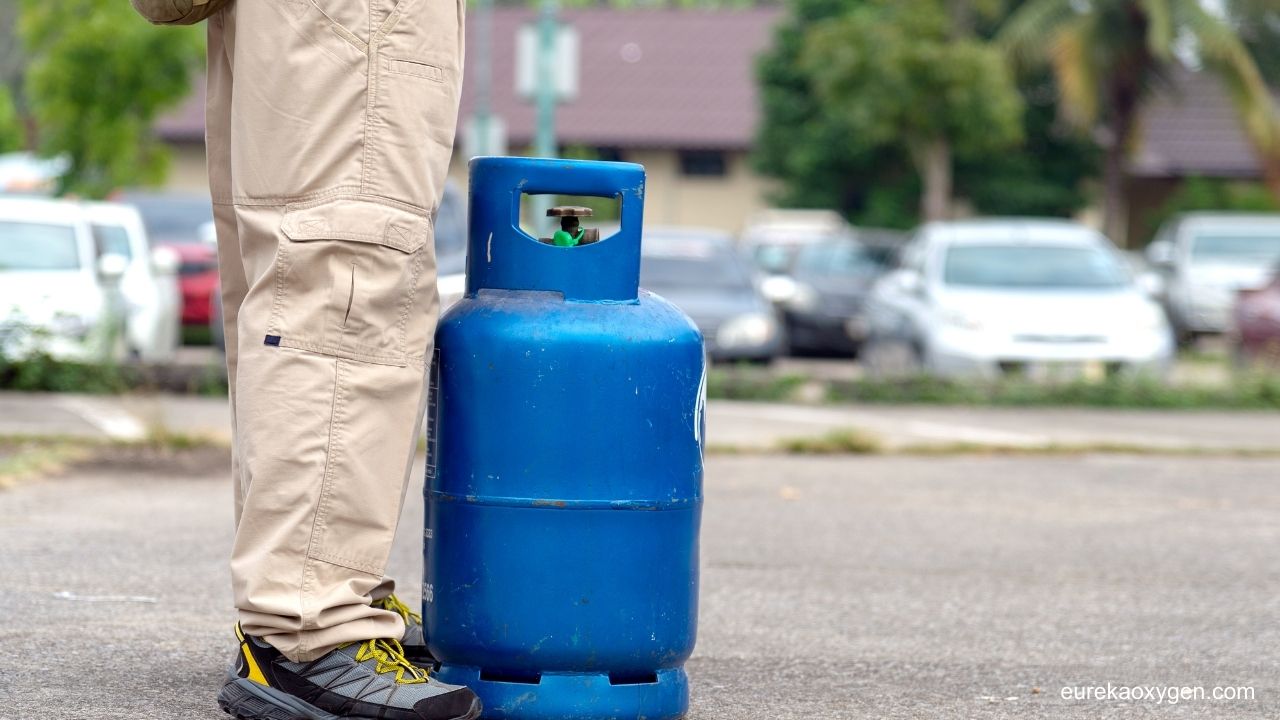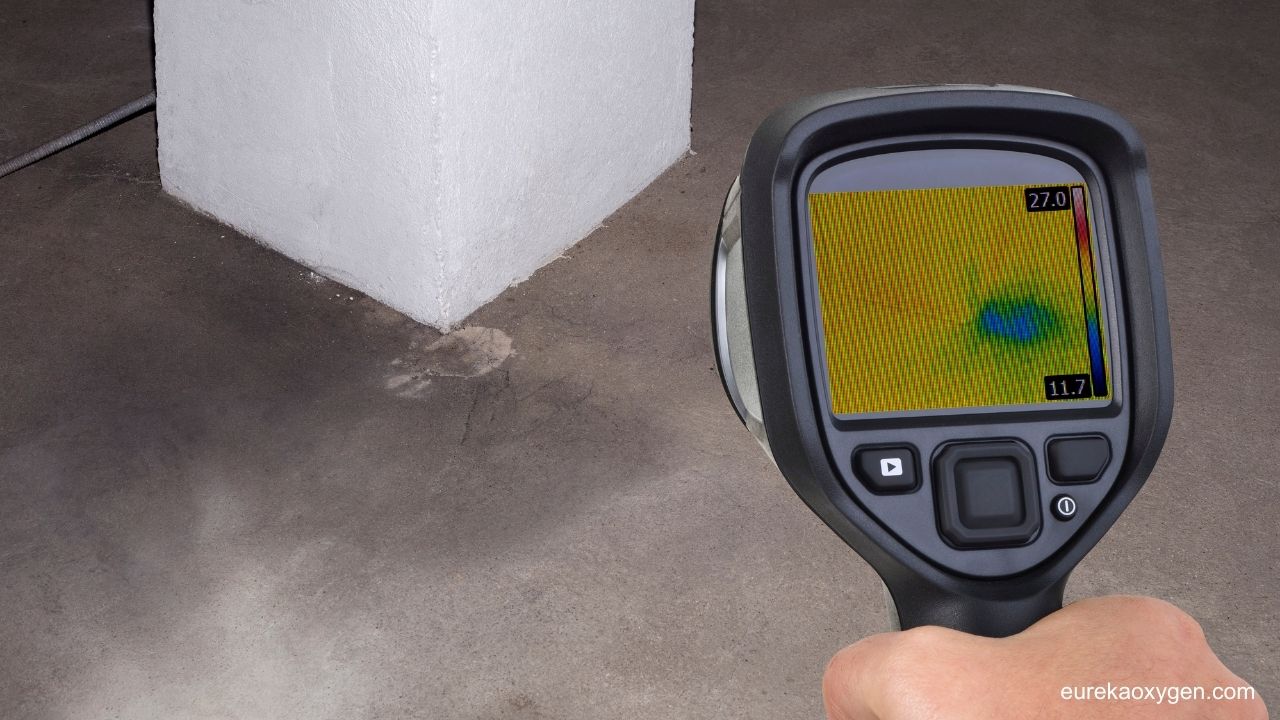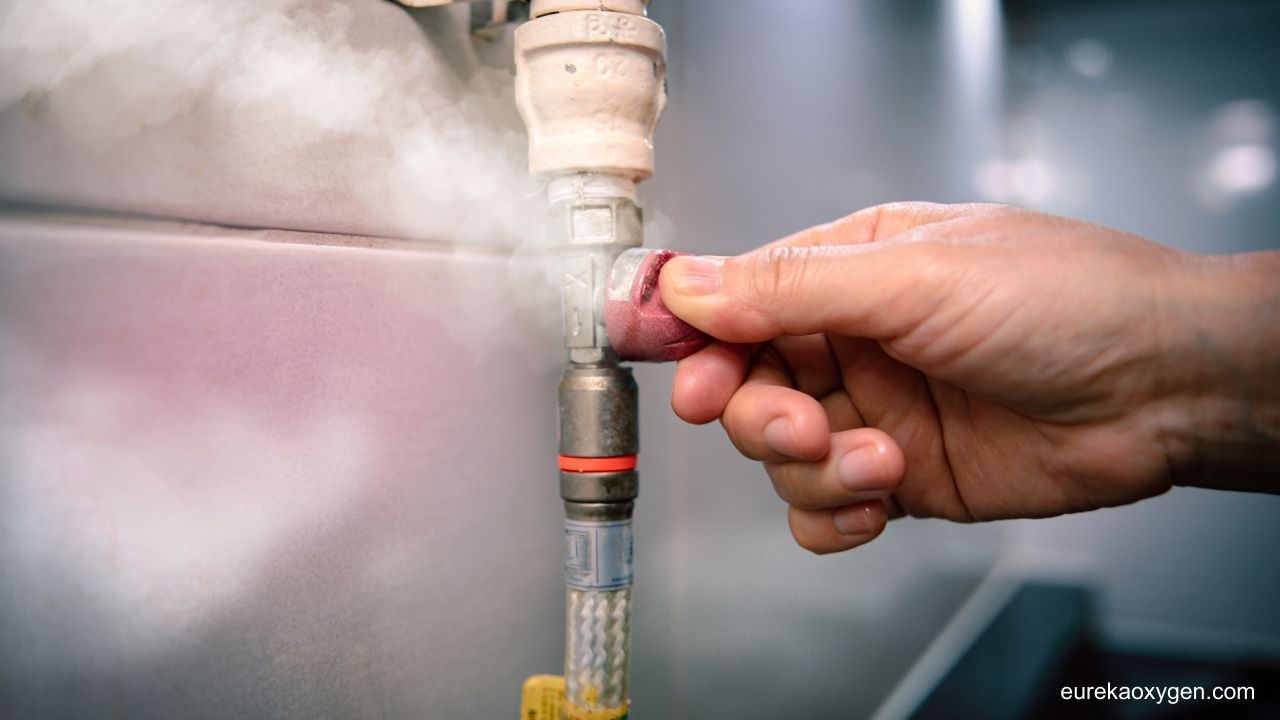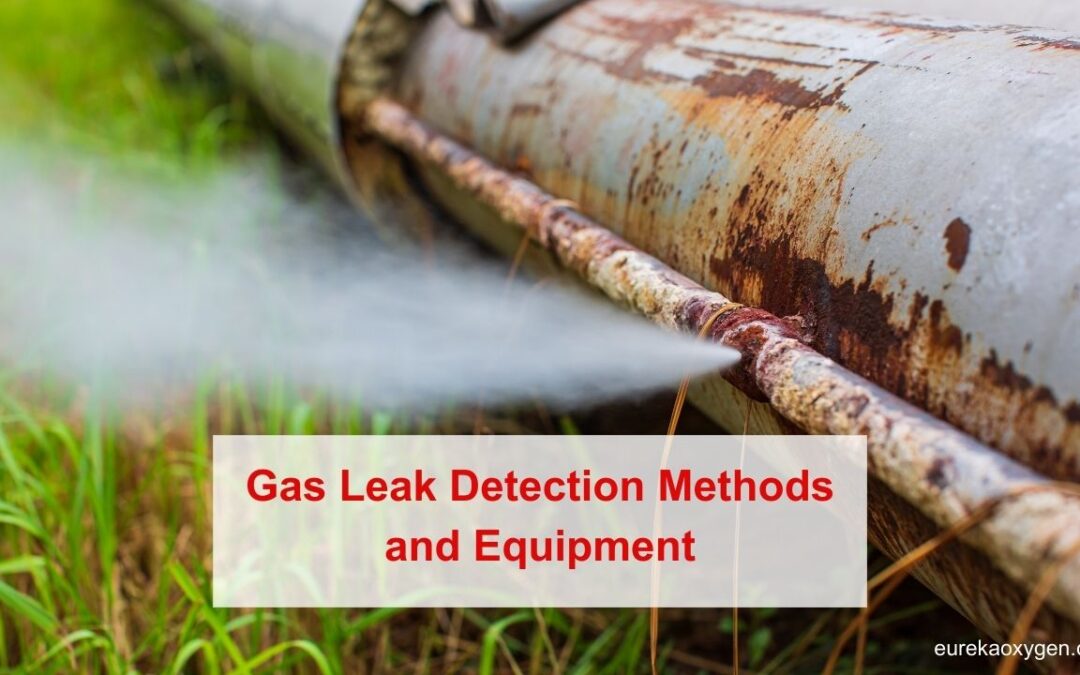Why Gas Leaks are Dangerous
Industrial facilities utilize various flammable and toxic gases that are essential for operations but pose risks if leaks occur. Flammable gases like propane, acetylene, and hydrogen can ignite and cause fires or explosions. Toxic gases like carbon monoxide, chlorine, and ammonia are odorless and can sicken or kill if inhaled. That’s why quickly finding and fixing any leaks is critical. Gas leaks also waste product and money.Gas Leak Detection Technologies
Several technologies are available for promptly identifying hazardous gas leaks:
Combustible Gas Detectors
Portable and fixed combustible gas detectors use catalytic bead or infrared sensors to detect flammable gases like natural gas, propane, and hydrogen. They can find leaks down to ppm levels but require oxygen to operate. Regular bump testing ensures reliability.

Infrared Gas Imaging Cameras
IR cameras visually show gas plumes and pinpoint leak sources outdoors. They detect hydrocarbon gases based on how they absorb infrared light. Imaging large areas quickly is beneficial, but heavy fog can cause interference.
Ultrasonic Detectors
Ultrasonic gas leak detectors “listen” for the high frequency noise emitted by pressurized gas leaks. They work on most common gases and offer fast response unaffected by wind. But leaks under low pressure may not be detected.
Soap Solution Testing
Applying soapy water allows bubbles to visibly form at leak points. This simple, low-cost method works on pipes of all gases, but is time-consuming for large areas.
Tips for Selecting and Maintaining Equipment
Choosing the right leak detection solutions for your facility involves assessing gas risks, coverage needs and budgets. Key factors include:
- Matching detection technology to your specific gases
- Detector sensitivity levels required
- Monitoring release sources vs. areas at risk
- 24/7 monitoring vs. periodic surveys
- Detector lifespan, maintenance needs and calibration schedule
- Upfront costs vs. ongoing operating expenses
Proper maintenance is also critical for detector reliability. Follow manufacturer guidelines for calibration, sensor replacement, battery charging and bump testing detectors. Ensure spare parts and batteries are on hand. Keep records of maintenance and ensure staff are properly trained.
Responding to Leaks
Once a leak is detected, have an emergency response plan ready for immediate action:- Evacuate any affected areas to protect worker safety
- Shut off gas sources to limit the release if it can be done safely
- Use supplied air respirators when entering contaminated areas
- Monitor areas with combustible gas detectors to verify when gas concentrations are safe
- Find the leak source and make repairs before restoring gas supply
- Document all response actions taken and file incident reports

Trust Eureka Oxygen for Your Gas Needs
Detecting and addressing hazardous gas leaks quickly is imperative for safety. Implementing the right leak detection program and emergency response plan gives you the tools to effectively identify issues and take action. Contact Eureka Oxygen today to discuss your facility’s gas leak detection requirements and related safety products. You can also visit one of our locations, our experts are ready to help you implement solutions tailored to your specific risks and operations.


